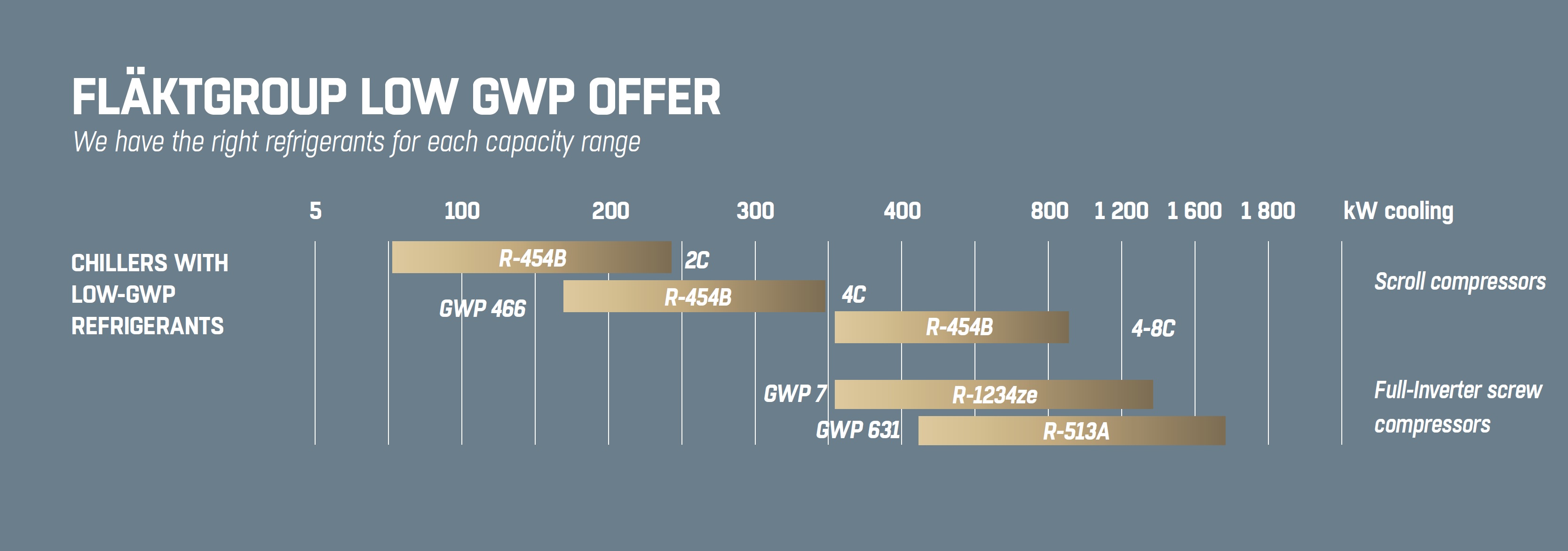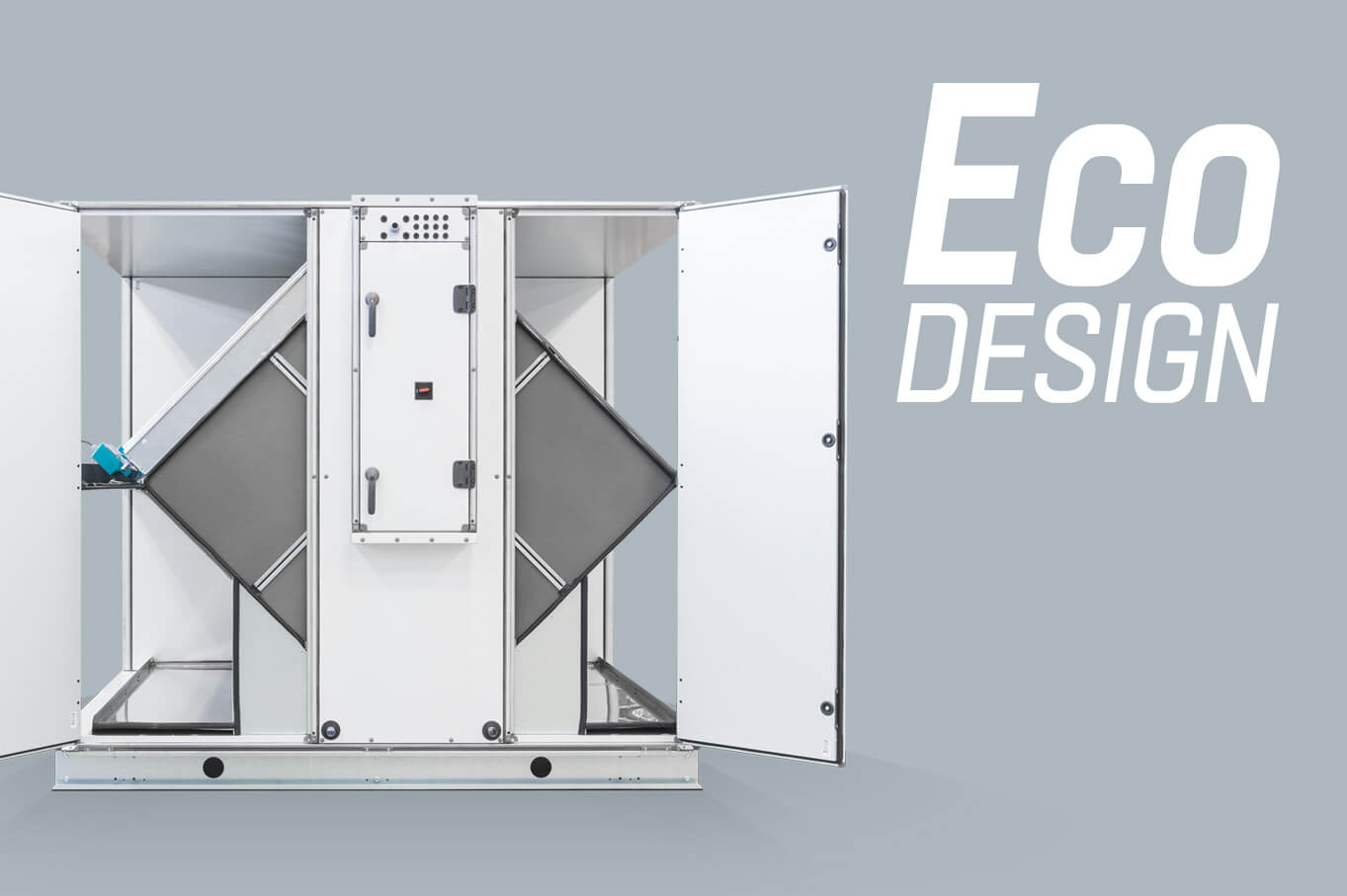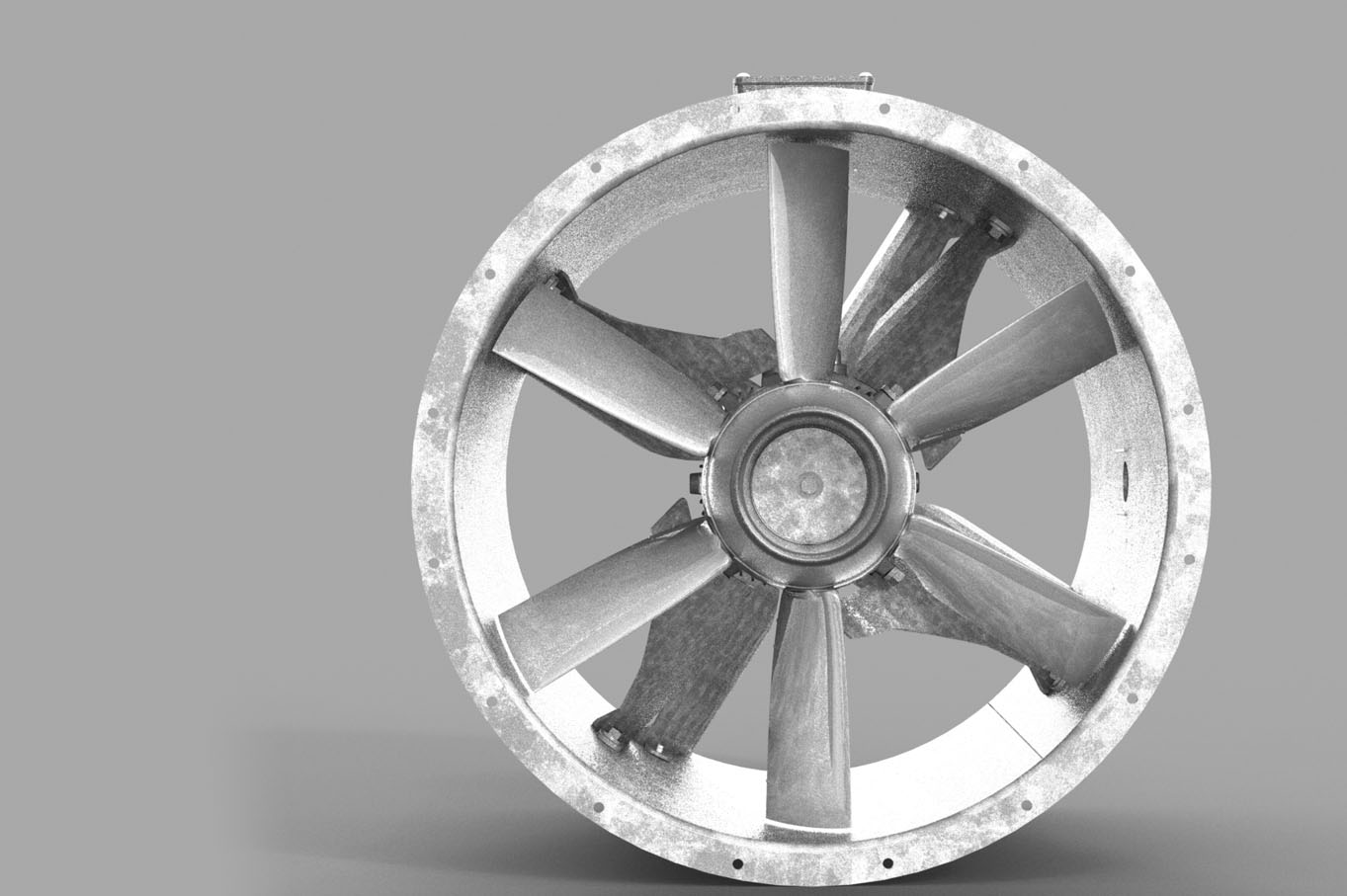- FläktGroup
- Legislation
Legislation
Legislation from different local or international authorities affects FläktGroup as a supplier of products and solutions to an international market. In our development we have often surpassed coming legislative demands and directives making our solutions future-proof. Not only do we deliver best-in-class Indoor Air Comfort & Critical Air Solutions - we also deliver energy efficient products which has a positive impact on property owners and our shared environment.

New ways in line with the F-Gas Directive
The F-Gas Directive (EU) 517/2014 has a major impact on the air conditioning industry. It steers the market towards low-carbon HVAC systems. Water-based air conditioning systems with low refrigeration charges and/or refrigerants with low GWP values can be considered particularly future-proof.
ErP 2021 EU Regulation 517/2014, also known as the "F-Gas Directive", provides for a gradual phase-down of the CO2 equivalent of the refrigerants introduced into the EU market by 2030. CO2 equivalent is the product from the amount of refrigerant in kg and its global warming potential (GWP).
To meet the 21% quota in 2030 while continuing to meet the demand for refrigerants in the EU, it is mandatory to reduce the average GWP of the refrigerant mix placed on the market. High-GWP refrigerant is becoming scarce in the market, which led to a significant increase in the price of these refrigerants after the first major quota reduction at the beginning of 2018. Refrigerant with low GWP is not affected by such price jumps and are therefore considered to be particularly future-proof. Nevertheless, there are no prohibitions for conventional refrigerant R-134a (GWP 1430) or R-410A (GWP 2088) used in air conditioning technology when used in chillers or heat pumps. They are still used as a standard in some products for non-flammability. This includes, for example, indoor equipment such as water-cooled chillers, close control units for cooling server rooms or small air-cooled chillers and heat pumps up to 40 kW with very small refrigeration charges.
Read more
EU Ecodesign Directive (2009/125/ec) for energy-related products (erp)
The Ecodesign Directive (2009/125/EC) for energy-related product is a vital part of the European Union’s framework that allows the European Commission to develop regulations for product used in buildings to the commitment of reaching the “2020 goals”
- 20% reduction of greenhouse gas emissions
- 20% share of renewable energy
- 20% better energy efficiency
At FläktGroup we focus on developing energy efficient products and solutions that are beneficial for occupants, property owners and for our shared environment. We welcome these initiatives and many of our products are not just ErP compliant today – they are already futureproof.
Read moreEcodesign Regulation (EU) no 1253/2014 & 1254/2014 affecting residential and non-residential ventilation units
Implementing Directive 2009/125/EC of the European Parliament and of the Council with regard to Ecodesign requirements for ventilation units, the European Commission has developed Ecodesign Regulation 1253/2014 for Residential and Non-Residential Ventilation Units and Ecodesign Regulation 1254/2014 for Energy labelling.
These regulations set out minimum performance levels for the energy recovery and for the fans in ventilation units.
FläktGroup fully support these initiatives as they are fully in line with our strategy to develop Air Handling Units for residential and non-residential use and fans with low energy consumption that meet or surpass legislative demands.
FläktGroup has prepared for this by developing new products for rotary heat exchangers, run-around coils and plate heat exchangers to meet the minimum temperature efficiency requirements as well as the energy consumption of the fans.
All of our heat recovery products have a thermal bypass to allow the control of the energy recovered and the fans in our ventilation units are both highly efficient and speed controlled. Compliance with this Regulation is a requirement for CE marking.
Read more
The energy performance of buildings directive
Following the Kyoto protocol the European Union has set a target to reduce energy consumption. For buildings the target is set at a 20% reduction by 2020.
The 160 million buildings in the EU use over 40% of Europe’s energy and create over 40% of its carbon dioxide emissions. And unfortunately that proportion is increasing.
Therefore the Commission of the European Union has issued The Energy Performance of Buildings Directive (EPBD). Reducing the energy use of buildings without compromising the indoor environment and services is the key challenge for Europe.
This directive allows for the European Commission to set regulations to ensure that environmental targets can be met.
Read more
Ecodesign Regulation (EU) no 327/2011 affecting fans driven by motors
The Commission Regulation (EU) No 327/2011 is related to Ecodesign requirements for fans driven by motors with an electrical input power between 125W and 500kW.
The first phase (tier 1) came into force on the 1st January 2013. A second phase (tier 2) of tighter efficiency grades came into force on the 1st January 2015. A third phase (tier 3) is scheduled for late 2020 or early 2021.
The regulation sets out minimum efficiency grades for fans within its scope being placed on the market for the first time. The efficiency grade is based on the electrical input power and therefore encompasses both the fan efficiency and the motor efficiency.
Any fan placed onto the market for the first time (usually by the manufacturer) must comply with these efficiency grades. This will not affect the onward selling by a distributor, stockiest etc.
It was therefore illegal to introduce a non-compliant fan into the market after 2012.
The efficiency grade of the fan is clearly visible on the product data plates/labels, technical documentation, free access websites of manufacturers of fans, etc. as set out in the regulation.
Read moreISO 16890
The fine dust pollution of the outdoor air has been measured at the measuring stations of the federal states and the Federal Environment Agency, as well as at the public measurement stations of the other EU countries for many years.
Up-to-date values for the particle fractions PM10 and PM2.5 are published on the respective web sites of the Federal Environment Agencies. Besides, the Federal Environment Agency annually provides analyses of these particle fractions. The fraction PM1 is respirable dust and is also considered, but not explicitly measured everywhere. If the evaluation of air quality is performed based on the concentrations of the previously mentioned particle fractions, it seems logical that filters for air purification are evaluated using the same criteria.
Read more